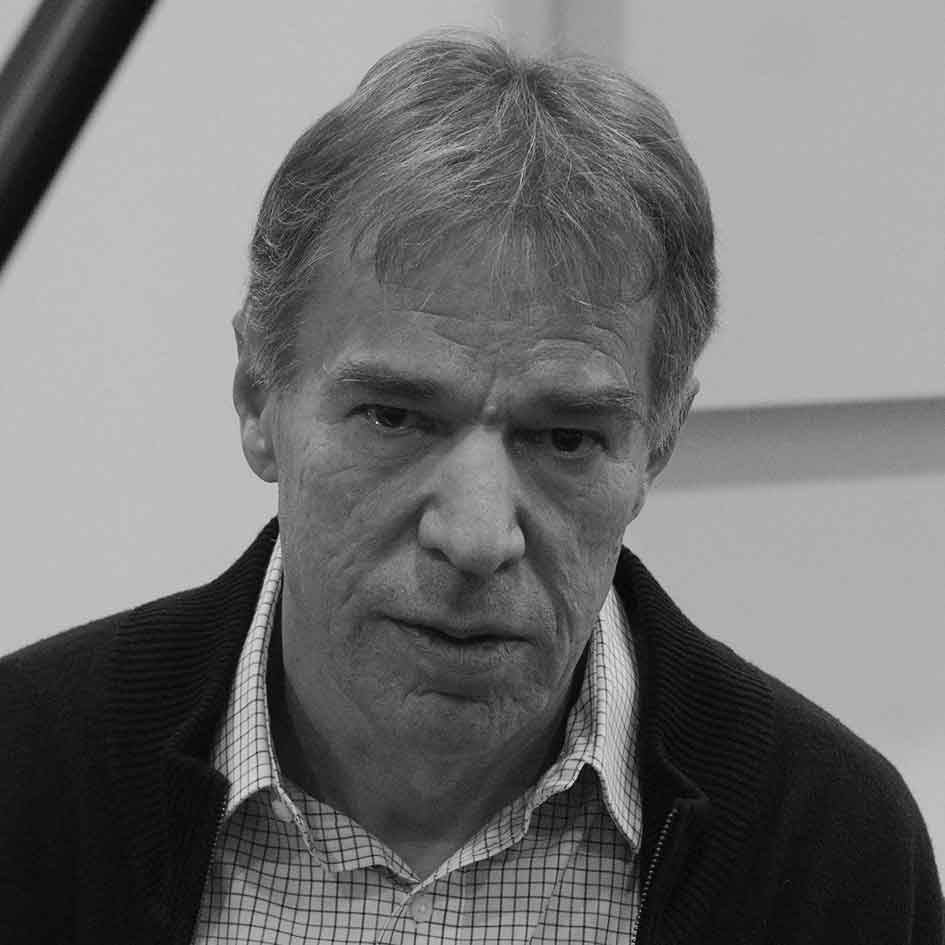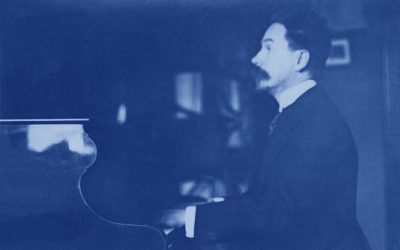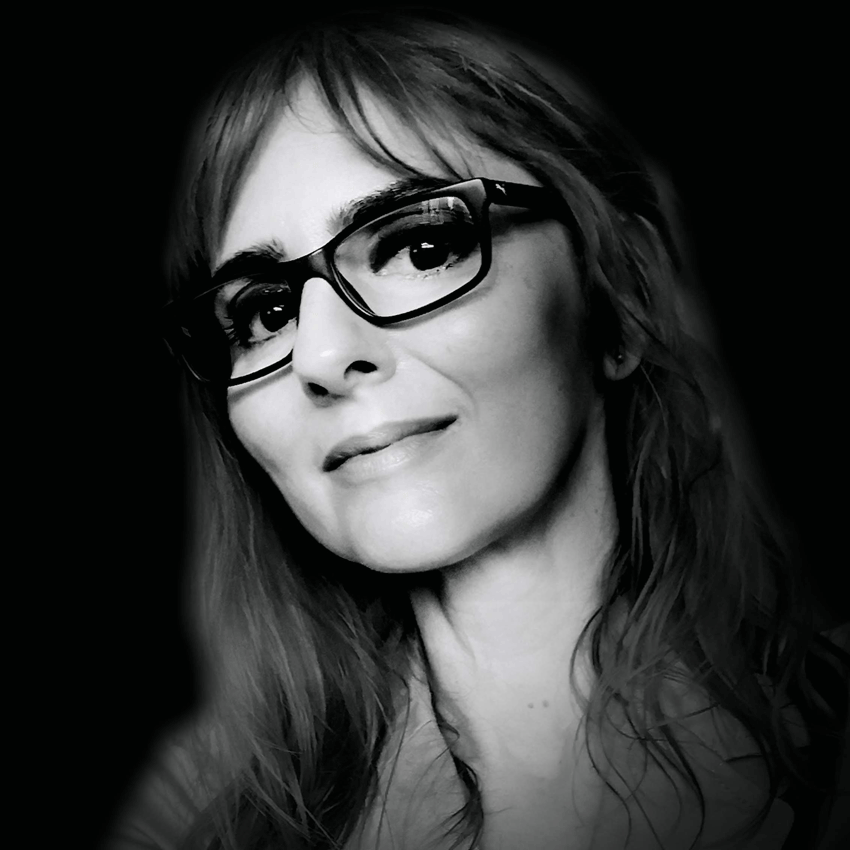R. Dalibaltayan about his Professor V. Kastelsky, one of the greatest pianists and pedagogues of the second half of the 20th century
Alexander Scriabin and contemporaries from Central Europe
Alexander Scriabin and Contemporaries from
Central Europe—Béla Bartók and Dora Pejačević
Alexander Scriabin playing the piano (photo: © Memorial Museum of A. N. Scriabin, Moscow)

By Prof. Veljko Glodić, PhD
Pianist, Professor at the Music Academy, University of Zagreb, winner of international awards and recognitions, author and editor of numerous publications, Vice President and Member of the Editorial Board of the Croatian Society “Alexander Scriabin”
If we consider the artistic and historical premises of the compositional worlds of Alexander Scriabin, Béla Bartók and Dora Pejačević, individualism imposes itself as a common link between the three composers and as a fundamental principle of the musical epoch from which they originated. By creating works of art, the individual creative genius expresses not only his personal world of feelings and imagination, but also penetrates to the higher spheres of spiritual experience and through art reaches the realization of the spiritual meaning of life and the universe. The philosophical definitions of individualism, which greatly helped to form this artistic worldview, can already be found in philosophers and writers of the second half of the 18th century. In Kant‘s philosophy, the foundation of cognition is not the objective given of the world but the individual mind interpreting the world. Goethe’s Faust is an archetype of the spiritual cognition of a dedicated individual in search of the true essence of reality. Individualism is the basic postulate and starting point of the philosophies of Schopenhauer and Nietzsche, philosophers who significantly influenced the worldview of Alexander Scriabin and Dora Pejačević. Schopenhauer perceives music as a means by which the profane world is transcended, in which the principle of necessity of determined will rules and reaches the sphere of pure ideas, that is, the state of pure consciousness free from the bond of instinctive conditioning. The artistic ideal should be instrumental or “absolute” music devoid of association with worldly phenomena, but poetic and mythical content can rise through music to the metaphysical, becoming the ideal of the syncretic unity of musical drama as the apotheosis of art. The pinnacle of individualism is Nietzsche’s thinking about the individual who, after the “death of God,” must create a world superior to a corrupt religious, moral, and historical heritage. Nietzsche considers the only historical exception to be art, which since the Greek tragedy, born of the very spirit of music, elevates the individual above the gloomy reality by a harmonious relationship between the Apollonian and the Dionysian.
Prof. Glodić plays Scriabin’s Sonata No. 3 on April 22, 2015, at A. N. Scriabin Hall in Dzerzhinsk, Russia
The work of Scriabin, Bartók and Pejačević certainly derives from the stylistic features of the artistic epoch in which they operated. If the notion of style includes the totality of creative features of a particular epoch, characteristics of musical forms and personalities of artists, the most profiled styles at the turn of the 19th and 20th centuries, along with the late Romanticism, were Impressionism and Expressionism. Impressionists use subjective perception to transform experiences of natural phenomena into works of art. In painting, reality is transformed into a rich palette of nuanced color, and in music a new auditory experience is achieved through a series of specific procedures. The musical form is perceived as a succession of rhythms and tonal colors, not as a strict deduction of musical lines. Interest and awareness regarding aliquot spectra generated by tones, especially bass tones, results in a wealth of tonal colors. Harmonic language includes consonances containing none, undecime, and quartdecime, implying a new natural approach that liberalizes the use of upper chord extensions. Debussy fragmented themes into short motifs, using repetitive figuration, passages, tremors, successions of large seconds, pentatonic and full-scale scales, modal, quartic or fifth consonances, achieving the effect of fluid texture, floating airiness that transcends the roughness of the material world. Nietzsche’s ideas, along with Freud‘s psychology of the unconscious, paved the way for expressionism, an artistic movement that emerged in the early 20th century. It is based on a highly subjective artistic reality marked by strong emotional expression. Theodor Adorno describes it as the art of the unconscious, and the portrait of fear is at the epicenter of many expressionist works. In music it is expressed by the affirmation of dissonant consonances, with the absence of solid consonances, and in painting by the distortion of lines and the choice of colors. A number of names associated with the movement include painters Egon Schiele, Oscar Kokoschka, George Grosz, August Macke, Edward Munch, playwrights Strindberg and Wedekind, poets Gottfried Benn and Georg Trakl. Schoenberg and Berg are the most prominent representatives of expressionism in music, but the strong elements of expressionism characterize the mature works of Scriabin and Bartók.
This work was published in 2015 in the Russian journal “Fortepiano”, in the book “Alexander Scriabin and Contemporaries” (Moscow, 2016) and in the collection of scientific papers “Scientific Records” (Moscow, 2016)
BÉLA BARTÓK was born on March 15, 1881 in Nagysentmiklos, Hungary—then part of the Austro-Hungarian Monarchy, and died on September 26, 1945 in New York, USA. He worked as a pianist, pedagogue, composer and ethnomusicologist. His work is an example of how, starting from the late Romanticism in the early works, in the process of compositional maturation, uniquely incorporating elements of Impressionism, Expressionism and folk music of Central and Southeastern Europe, one of the most significant compositional opuses of the 20th century was created. Bartók’s parents were teachers and passionate amateur musicians, so he received his first music lessons from his mother at an early age. He composed his first recorded compositions as a teenager. The collection of 31 compositions created in the period from 1890 to 1894 includes dances such as waltzes, polkas and mazurkas, program compositions such as “The course of the Danube”, sonatas and themes with variations. Until 1988, Bartók composed the Piano Quartet in C minor (BB13) and the String Quartet in F major (BB.17). The compositions are realized in a mature romantic style influenced by Schumann and Brahms and indicate Bartók’s exceptional compositional talent. Bartók graduated in 1899 from the grammar school in Pozsony (today Bratislava). He continued his musical education at the Ferenz Liszt Academy in Budapest, where he studied piano with Thoman (Liszt‘s student) and composition with Kossler, who with his conservative academic approach would not give a significant impetus to the development of Bartók’s compositional personality. The impetus came after young Bartók heard the first performance of Strauss‘s symphonic poem “Thus Spoke Zarathustra.” On this occasion he wrote: “I was raised from the stagnation of the composer as if struck by lightning when I heard Strauss’s work!” In 1849, performing as a pianist and composer, Bartók attracts attention throughout Europe, with concerts in Vienna, Berlin, Paris and elsewhere. In 1905 he participated in the international competition “Rubinstein” in Paris in the categories of composition (prize not awarded) and piano (prize is awarded to Backhaus). In the same year he was invited to teach piano at the Academy in Budapest, where in 1909 he received a permanent engagement.
In search of his own compositional identity, Bartók develops an interest in folk music. After composing “Rhapsody” and “Scherzo for piano and orchestra” still in the late Romantic style, in December, 1904 he wrote to his sister: “I plan to gather the best Hungarian folk songs, add a piano accompaniment and elevate them to the level of the best artistic songs.” As early as February 1905, he published a collection of Transylvanian poems entitled “The Red Apple.” In March of the same year, he began collaborating with Zoltan Kodaly, a composer with an interest in Hungarian folklore but also with much deeper ethnological knowledge. Their long-standing ethnomusicological work will determine the fundamental characteristics of their compositional styles. From 1906 to 1910, Bartók collected folk songs throughout Austro-Hungarian Monarchy (Hungary, Slovakia, parts of Romania) and, to a lesser extent, Serbia and Bulgaria. During 1908, Bartók composed “14 Bagatelles,” Op. 6., in which the specific characteristics of his new style can be discerned. Dissonances such as seconds and septa are emancipated, there is no late romantic syllable density and developed figuration, the sense of functional harmony is disturbed by frequent use of rhythmic ostinato figures, occasional use of bitonality, parallel fifths, septa, frequent use of tritons, and tonic-harmonic interpolation . In “Bagatelle no. 4” we find a Hungarian folk tune, and in “Bagatelle no. 5” Slovak. (…)
Full text you can read on the link:

Literature
Antokoletz E., The Music of Béla Bartók, Berkeley, 1984
Baker J., The Music of Alexander Scriabin, New Haven, CT, 1986
Bowers F., Scriabin: a Biography of the Russian Composer, 1871–1915, Tokyo and Palo Alto, CA, 1969, 2/1995
Dernova V., Garmoniya Skryabina, Moskva, 1968
Gillies M., Bartók Remembered, London, 1990
Griffiths P., Bartók, London, 1984
Kaufman E., The Evolution of Form and Technique in the Late Works of Scriabin, diss., Yale U., 1972
Kos K., Dora Pejačević, Zagreb 1982
Laki P., ed.: Bartók and his World, Princeton, NJ, 1995
Lendvai E., Béla Bartók: an Analysis of his Music, London, 1971
Macdonald H., Skryabin, London, 1979
Schloezer B. de, A. Skryabin: lichnost′, misteriya [Skryabin: personality, mysterium] (Berlin, 1923/R as Scriabin: Artist and Mystic, trans. N. Slonimsky with various appendices), Oxford, 1987
Taruskin R., ‘Skryabin and the Superhuman’, Defining Russia Musically, Princeton, 1997
Wilson P., The Music of Béla Bartók. New Haven, 1992
You may also like our other publications…
Valery Kastelsky and Scriabin’s Piano Sonata No. 7
Travelogue: Conference in Moscow (2)
Mirna Rudan Lisak, Ph.D., on her lecture during the conference organized to mark the 100th anniversary of establishing the Memorial Museum of A. N. Scriabin (Moscow, Russia)
Travelogue: Conference in Moscow (1)
Dr. Mirna Rudan Lisak’s travelogue on Moscow during the conference organized to mark the 100th anniversary of the Memorial Museum of A. N. Scriabin, Russian composer and pianist
Travelogue: Conference in Moscow (2)
Mirna Rudan Lisak, Ph.D., on her lecture during the conference organized to mark the 100th anniversary of establishing the Memorial Museum of A. N. Scriabin (Moscow, Russia)
Travelogue: Conference in Moscow (1)
Dr. Mirna Rudan Lisak’s travelogue on Moscow during the conference organized to mark the 100th anniversary of the Memorial Museum of A. N. Scriabin, Russian composer and pianist
Alexander Scriabin and contemporaries from Central Europe
Read the comparative paper that Prof. Veljko Glodić, Ph.D., wrote on Scriabin and his European and Croatian contemporaries Béla Bartók and Dora Pejačević
Multidisciplinary Virtual Installation
Check out the synthesis of Scriabin, Jawlensky, and Pogorelich in a multidisciplinary virtual installation shown at the international video art festival “Pixels of Identities” and in the Museum of Contemporary Art Zagreb





Recent Comments